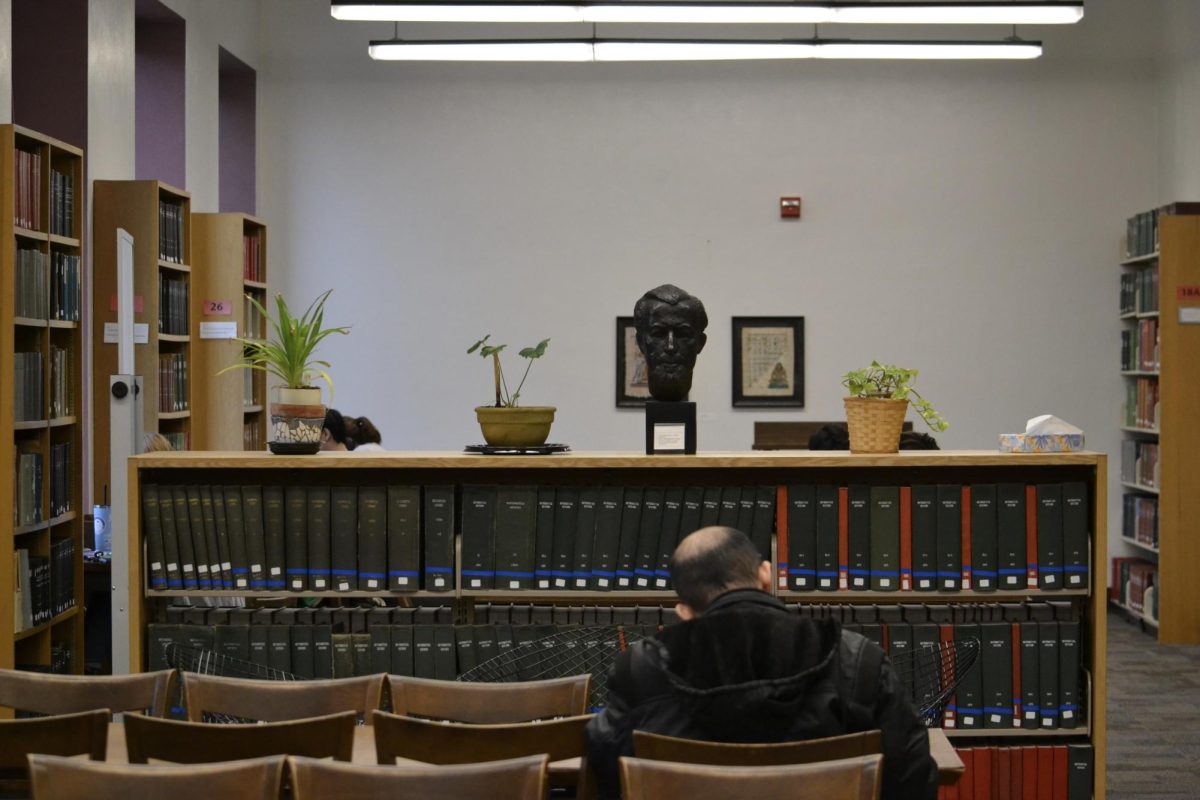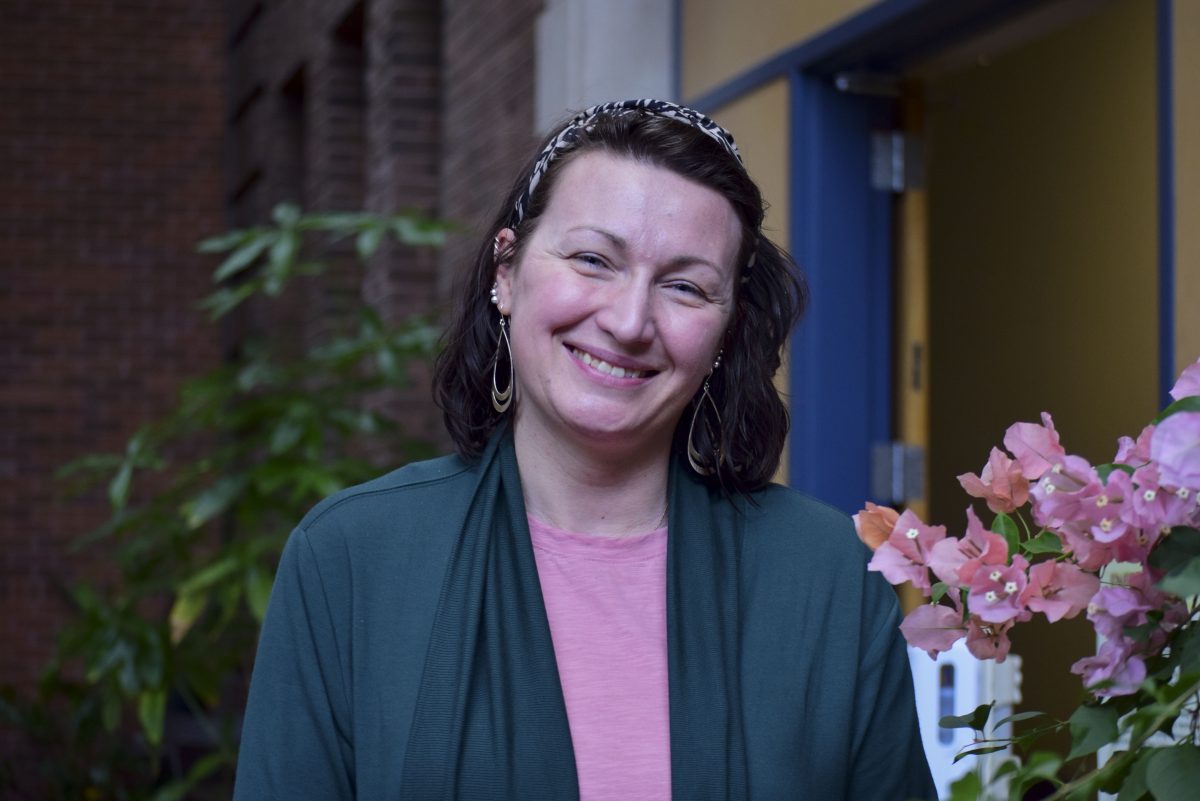University researcher Dr. Carston Wagner spent most of the last 10 years inventing and developing a new drug compound that could fight AIDS and cancer.
It has enough promise that in 2002 the University’s Office of Patents and Technology Marketing approved it as an invention worthy of patenting.
But the compound is still on the shelf because of a lack of private investment needed to take research to the next phase, said Wagner, a professor in the College of Pharmacy.
His situation is similar to that of many University chemical and medicinal researchers.
Developing and patenting a University invention are the first steps in the long road to turning it into a product that could eventually help people, University officials and researchers said.
About 50 patents are issued every year at the University in all intellectual property fields, said Tony Strauss, assistant vice president of patents and technology marketing.
After invention and patenting, researchers face the task of securing research interest and money from the private sector, an area Wagner said is flooded with researchers trying to get the attention of drug companies or other investors.
A company was interested in Wagner’s invention back in 1998, before he had even applied for a patent. But in the milieu of the Internet explosion, Wagner said the investment money dried up.
Lately, the lack of private investors, such as pharmaceutical corporations, has prevented the potential medicine from going to the next level of research, Wagner said.
“As a researcher, you like to see your stuff get out and in use,” he said of his stalled invention. “We have to figure out how to do that.”
Part of the problem with securing private investment, Wagner said, is the nature of the drug industry.
Companies tend to chase what they think to be the emerging medical trends, Wagner said. Sometimes, a given research field won’t be a priority in five months.
“One thing I’ve learned about drug companies is that you can never depend on them,” he said.
The emergence of several HIV/AIDS drugs on the market means drug companies are looking for research areas that are still untapped, he said.
Also, licensing an invention doesn’t ensure its public use, he said. Inventions must undergo animal and human clinical testing before the U.S. Food and Drug Administration will consider approving the drug for the public.
In addition, patenting a University-based invention doesn’t guarantee that it will be licensed or turned into a product, said Kris Sticha, an official with the University’s patent office who is “actively marketing” Wagner’s invention.
Once her office decides an invention is patent-worthy, Sticha said, they shop it around. In some cases, they market inventions before their patents are even approved.
“We may get a company tomorrow to license it, we might get one in a year, we might not at all,” Sticha said of the uncertainty that surrounds moving an invention to the next level.
Dr. Robert Vince, director of the University’s Center for Drug Design, said he knows the importance of patents and the long research road that follows them.
In the 1970s, Vince helped develop a herpes drug that he said had some superior properties to other drugs.
But Vince discussed the drug in detail at a chemistry conference, without having a patent on it.
When he shopped it around to companies, he said, nobody was interested because he had disclosed how it worked and didn’t have a patent.
“Without a patent, no one will touch it,” Vince said. “Anybody else would have been able to make it. It never went anywhere, and we felt it was a good compound.”
Scientists at large pharmaceutical companies also want to develop their own inventions and are sometimes reluctant to develop an outsider’s invention, he said.
More than a decade later, Vince witnessed the other side of the drug patenting and licensing experience. In the 1980s, he invented and patented an AIDS drug called Ziagen. Because drug companies were scrambling for AIDS-related breakthroughs, Vince said the patent-to-product process was painless.
Ziagen continues to net the University millions of dollars in royalties each year through the drug company GlaxoSmithKline.
The University’s research and health sciences areas received approximately $32.5 million in royalties from Ziagen in the 2003 fiscal year.
Vince said these royalties are then reinvested back in to health sciences research.
Recent University developments such as the Translational Research Facility and the University-Mayo partnership will help take University inventions to a further stage of research, Vince said.
Having more of the research and development done before marketing the inventions will reduce the burden on drug companies and hopefully make them more open to licensing, Vince said.
For now, Wagner said he is weighing the potential interest of some drug companies, as well as finding investors to fund a start-up company for his invention.
Wagner said he hopes the invention he has spent so much time on will someday benefit people.
“As researchers,” he said, “we all like to be able to help.”










